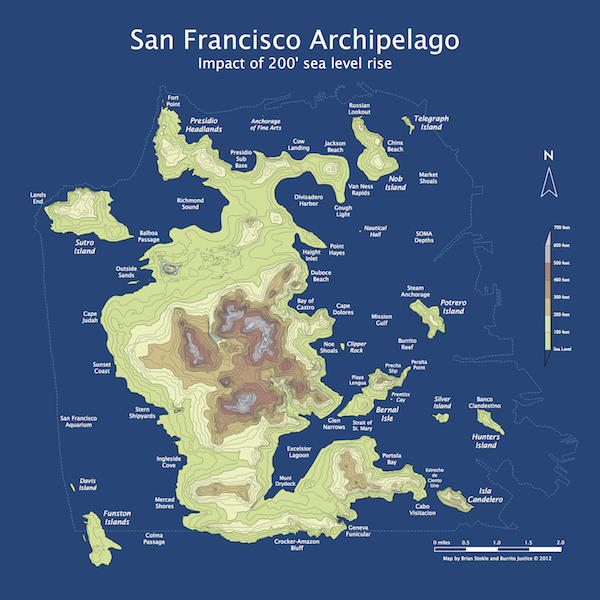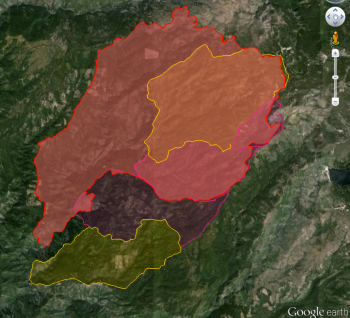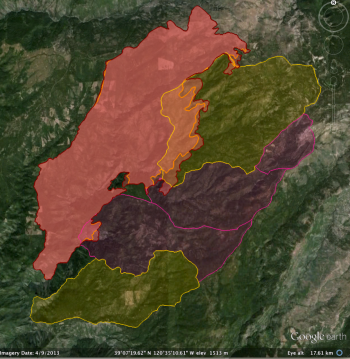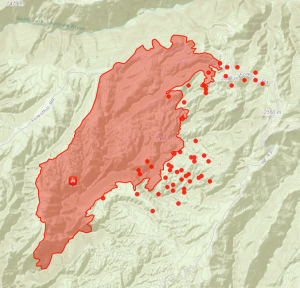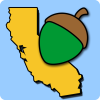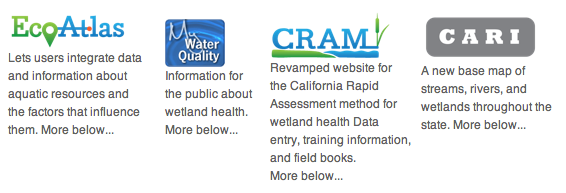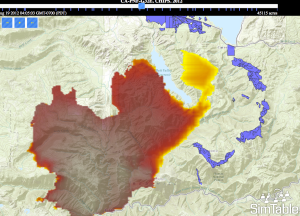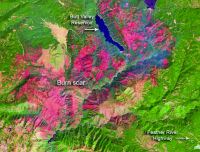Welcome to Fall 2013!
/Fall semester is here! Summer was a great adventure, with a terrific Intro to GIS workshop at the Forest Camp (see Sam's photo below), and a just fantastic workshop down at Google where we learned about some really cool new Google tools with former Kellylabber Karin Tuxen and the rest of the Google crew.
 Teaching GIS at the terrific Zivnuska HallThis summer we said goodbye to a few Kellylabbers - Sarah Lewis graduated (update here), and Jessica O'Connell is moving back to the southeast for research. New lab members include undergraduate student Tiffany Yu and graduate student Lauren Haumann, who are working on the OurSpace project. New postdocs and visitors include Alice Kelly, ESPM PhD (from S&E division), who will be working on her NSF postdoc project "Sustainability and Safety in the Pacific West's National Parks," and Paulina Wong, who comes from Hong Kong on a Fulbright Scholarship and whose background is in the use of three-dimensional (3D) spatial analytical tools to simulate visualize urban environments, she'll be working on the OurSpace project.
Teaching GIS at the terrific Zivnuska HallThis summer we said goodbye to a few Kellylabbers - Sarah Lewis graduated (update here), and Jessica O'Connell is moving back to the southeast for research. New lab members include undergraduate student Tiffany Yu and graduate student Lauren Haumann, who are working on the OurSpace project. New postdocs and visitors include Alice Kelly, ESPM PhD (from S&E division), who will be working on her NSF postdoc project "Sustainability and Safety in the Pacific West's National Parks," and Paulina Wong, who comes from Hong Kong on a Fulbright Scholarship and whose background is in the use of three-dimensional (3D) spatial analytical tools to simulate visualize urban environments, she'll be working on the OurSpace project.
Also, check out the individual project pages at the right for news about what we are working on: SNAMP, VTM, Keck, Wetlands, OakMapper, OurSpace, and Oak encroachment, among other things. Welcome back to Berkeley!
